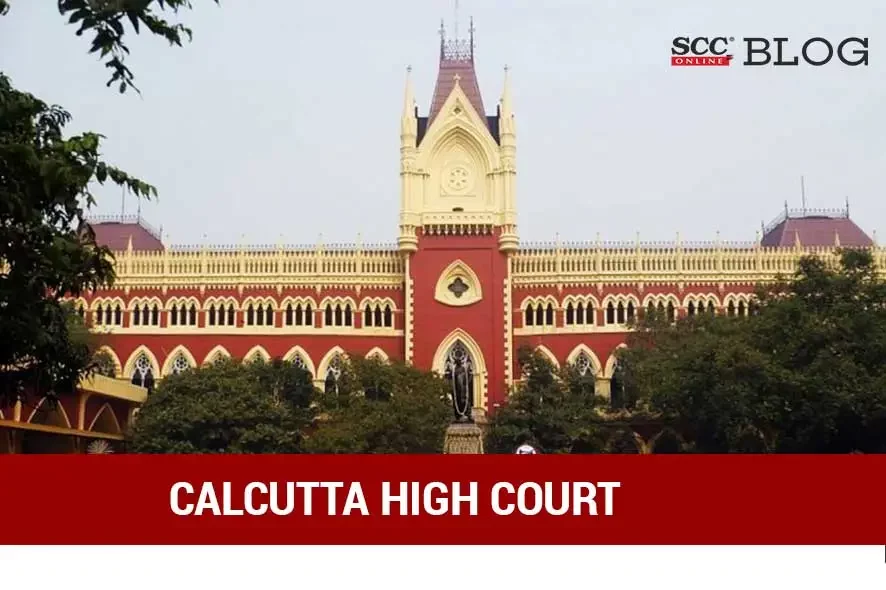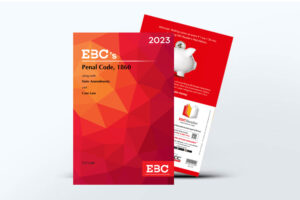Calcutta High Court: While deciding an appeal against the conviction for rape and murder of a minor girl child, a Division bench comprising of Gaurang Kanth and Joymalya Bagchi,* JJ., held that despite the heinousness of the crime, the possibility of reformation and rehabilitation of the appellants over their nearly two-decade incarceration outweighed the grounds for imposing the death penalty. The Court dismissed the appeal and upheld the convictions and sentences imposed by the trial court and set off the period of detention served by the appellants during investigation, inquiry, and trial against their substantive sentences.
“Mere reference to gravity or heinousness of the crime is not enough. The Court prior to imposing death penalty must satisfy its conscience that there is no possibility of rehabilitation and reformation of the convict and he would remain a continuing threat to society.”
Factual Matrix
In the instant matter, the appeal is directed against a judgment and order dated 22-03-2007 passed by the Additional District & Sessions Judge in a case where the appellants were convicted for the commission of offenses punishable under Sections 302/34 and 376(2)(g) of the Penal Code, 1860 (IPC).
The prosecution’s case began when a lifeless body of an unknown female child was found on 07-01-2004 in an abandoned steel factory. The child had injuries on her face, a white scarf knotted around her neck, and was wearing a blue and white sweater and red pants. The investigation revealed that the victim had been raped and murdered.
The appellants were arrested, and various pieces of evidence, including DNA analysis, footprints, and clothing, linked them to the crime. Motive for the crime was established based on a previous incident where the appellants had demanded money and assaulted a witness.
Prosecution’s Contentions
The prosecution contended that the circumstances and evidence pointed to the guilt of the appellants. It was emphasized the motive for the crime and presented testimonies of witnesses who saw the appellants with the victim near the crime scene. It was further contended the forensic evidence, including DNA analysis and footprints, linked the appellants to the crime.
Appellant-Defense’s Contentions
The appellant contended that the circumstances were ambiguous and did not conclusively prove the guilt of appellants. They questioned the delay in reporting the victim’s disappearance and raised doubts about the credibility of witnesses. The appellant also challenged the timing of the recovery of the murder weapon, suggesting it was fabricated.
Moot Point
-
Whether the prosecution has successfully established that the victim was last seen with the appellants entering the abandoned steel factory?
-
Whether the forensic reports and other evidence corroborate the prosecution’s case against the appellants?
-
Whether the imposition of the death penalty is justified in this case?
Court’s Assessment
The Court acknowledged that the case was based on circumstantial evidence. The Court noted that the delay in reporting the victim’s disappearance was explained by the family’s belief that she had gone to her grandmother’s place.
The Court opined that the motive for the crime was established based on a previous incident involving the appellants. The Court observed that the forensic evidence, including DNA analysis and footprints, supported the prosecution’s case. The Court further observed that the prosecution had convincingly proven that the victim was last seen with the appellants entering the abandoned steel factory.
The Court referred to the principles laid down in the Bachan Singh v. State of Punjab, (1980) 2 SCC 684 regarding the imposition of the death penalty in “the rarest of rare” cases. The Court emphasized that while the crime was heinous, the appellants’ behavior during their 17 years of incarceration indicated potential for reformation and rehabilitation.
Court’s Verdict
The Court declined to enhance the sentences to the death penalty, citing the need to balance mitigating and aggravating circumstances and the possibility of reformation and rehabilitation of the appellants. The Court dismissed the appeal and upheld the life sentences of the appellants while allowing a set-off for the period of detention already served.
[Samsuddin Sk. v. State of W.B., 2023 SCC OnLine Cal 2667, order dated 04-09-2023]
*Judgment by Justice Joymalya Bagchi
Advocates who appeared in this case :
Mr. Jayanta Narayan Chatterjee, Mr. Aniket Mitra, Sk. Hossain Ali, Ms. Moumita Pandit, Mr. Supreem Naskar, Ms. Jayashree Patra, Ms. Ritushree Banerjee, Mr. Bhaskar Mondal, Counsel for the Appellants
Mr. Saswata Gopal Mukherji, ld. P.P., Mr. Parthapratim Das, Ms. Zareen N. Khan, Mrs. Manasi Roy, Counsel for the Respondent/State








